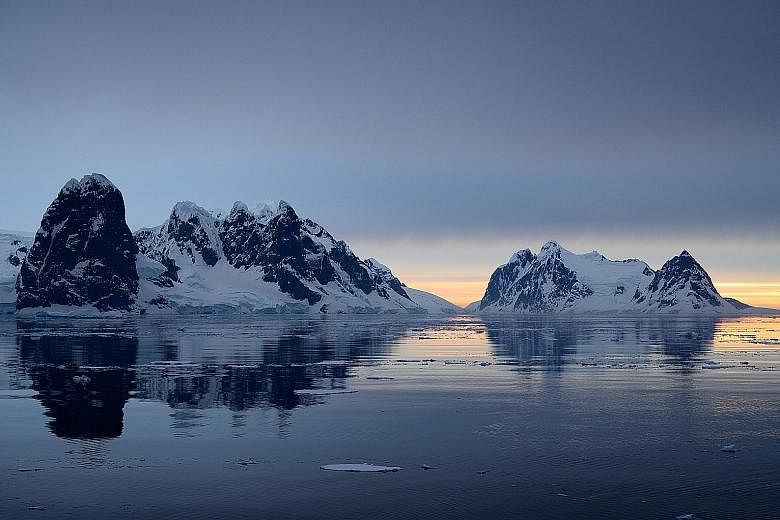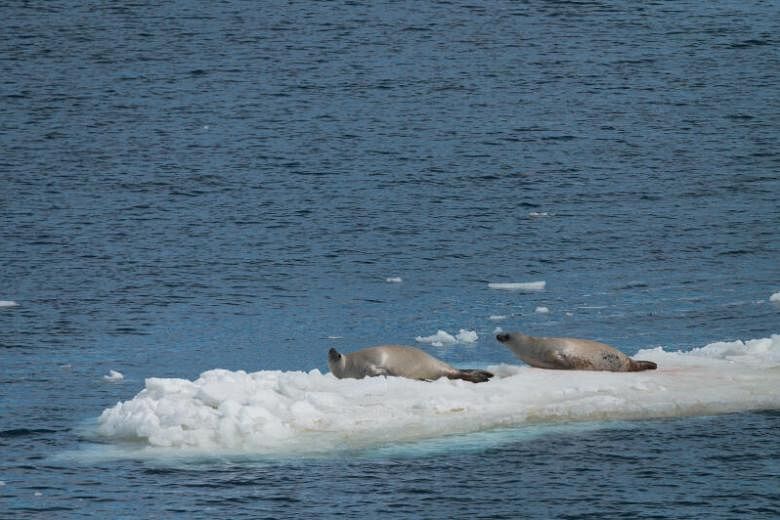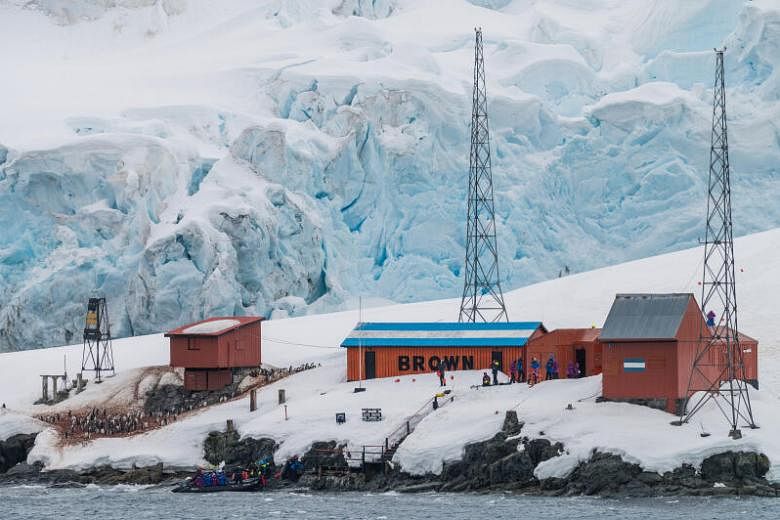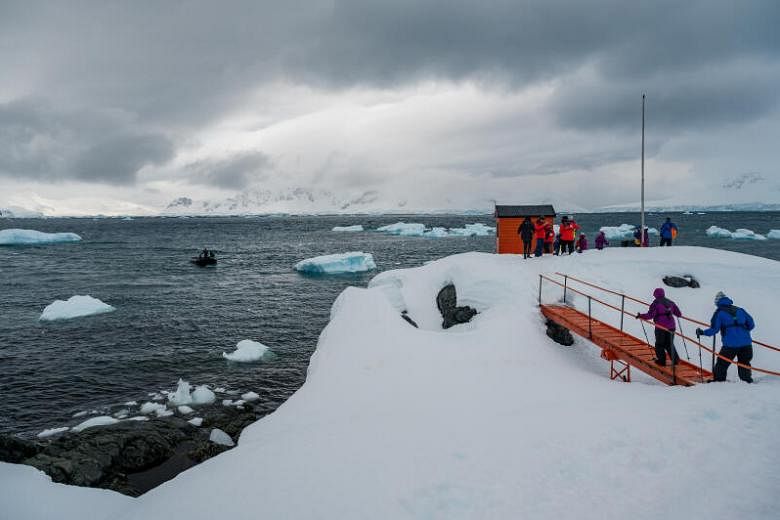It feels apt that the southern-most continent of Antarctica, whipped by harsh winds and covered in ice, should be relegated to the end of the world, beyond the realm of human existence.
Yet, life in any other part of the planet would not be the same if the world were to lose this icy desert.
Already a subscriber? Log in
Read the full story and more at $9.90/month
Get exclusive reports and insights with more than 500 subscriber-only articles every month
ST One Digital
$9.90/month
No contract
ST app access on 1 mobile device
Unlock these benefits
All subscriber-only content on ST app and straitstimes.com
Easy access any time via ST app on 1 mobile device
E-paper with 2-week archive so you won't miss out on content that matters to you




